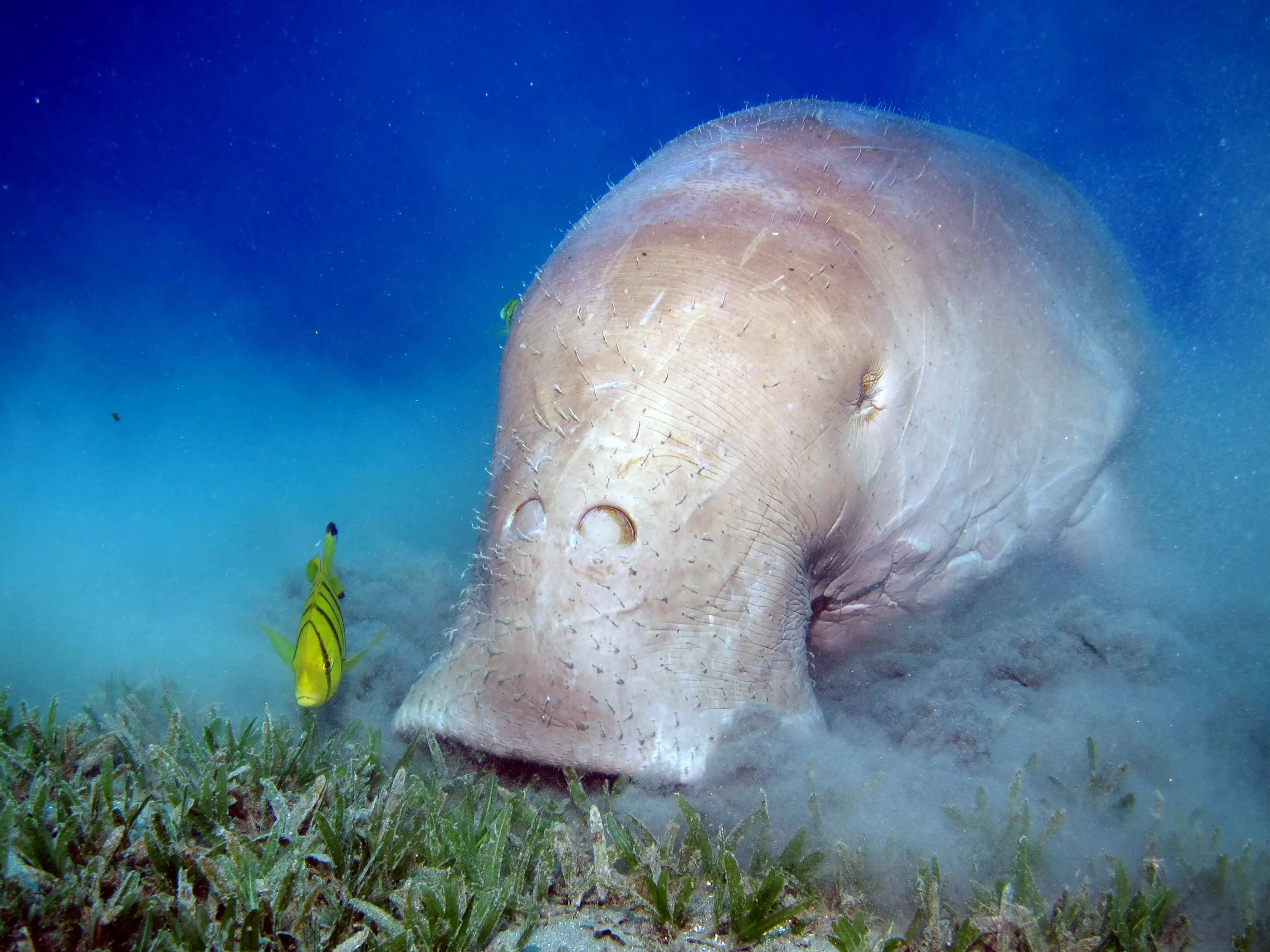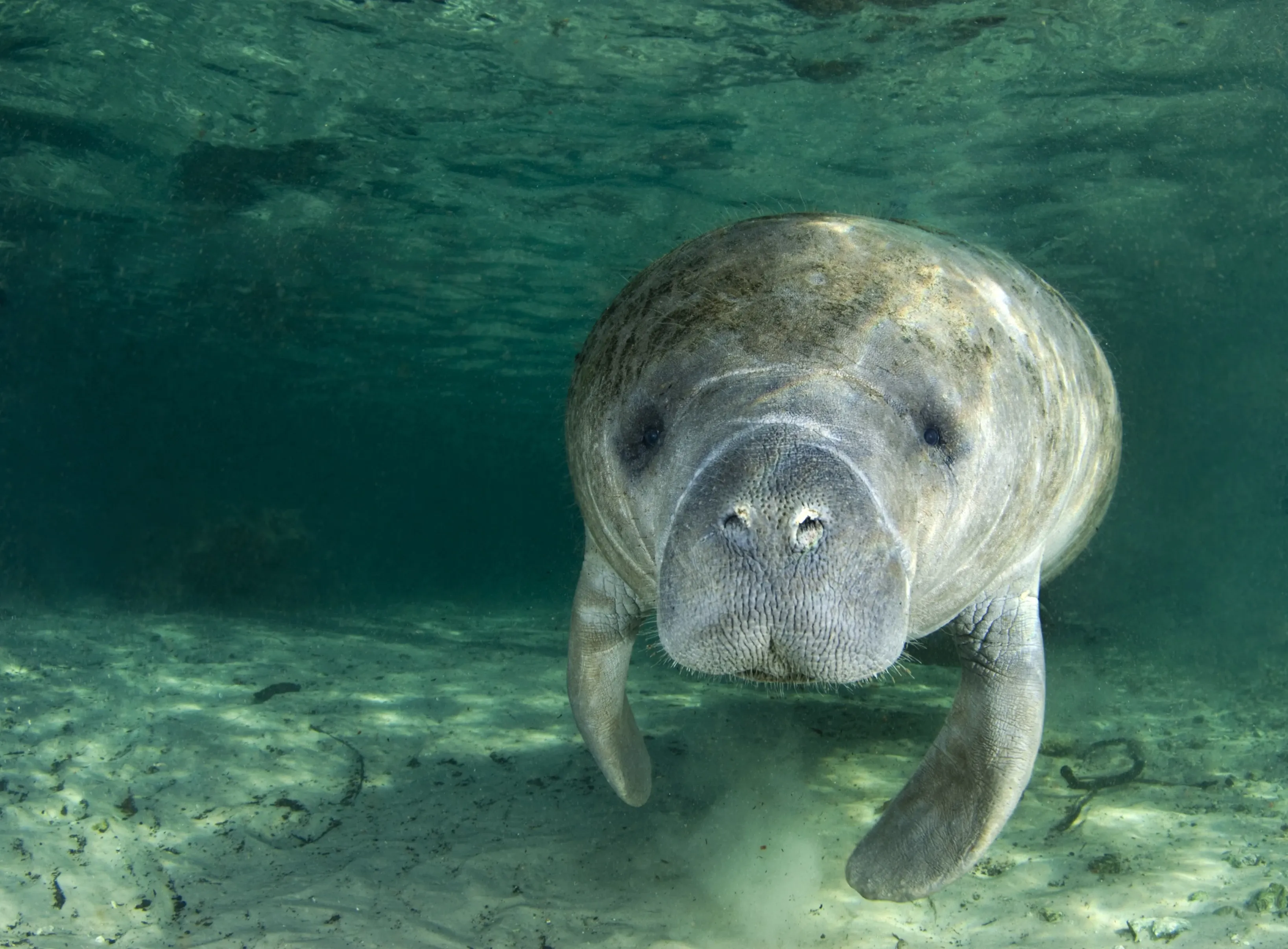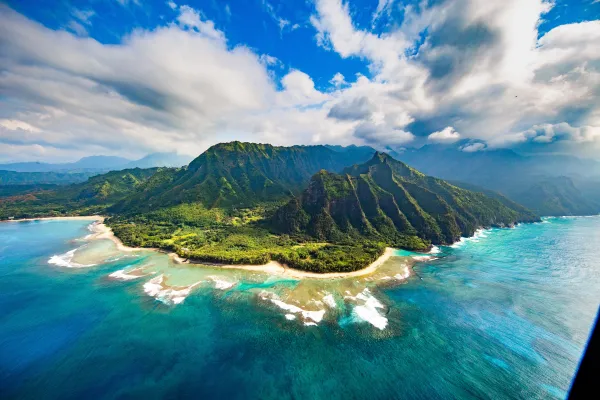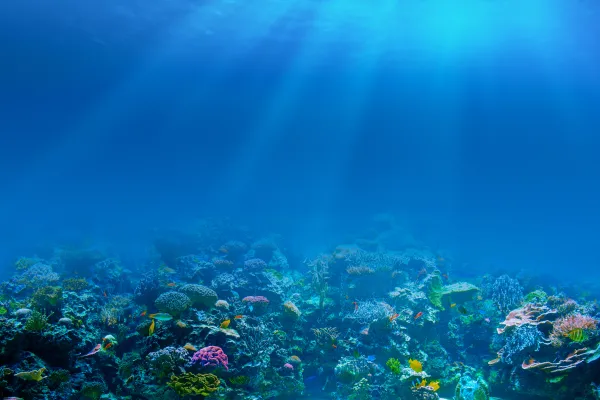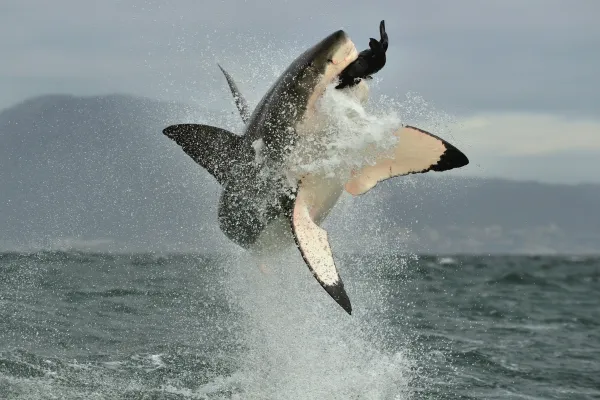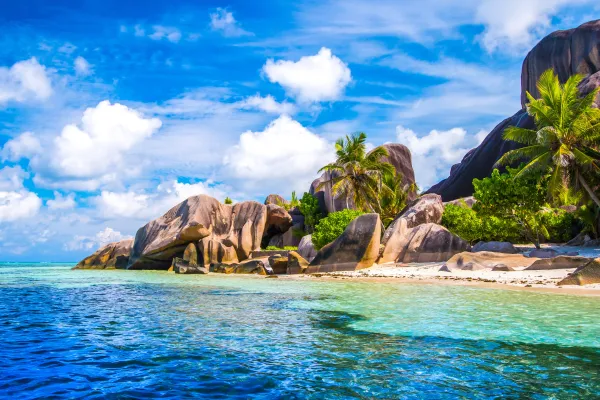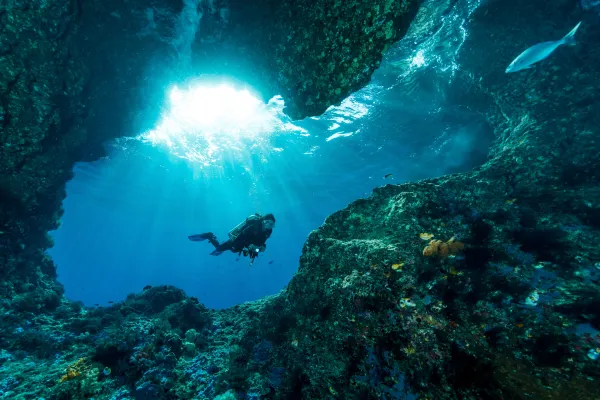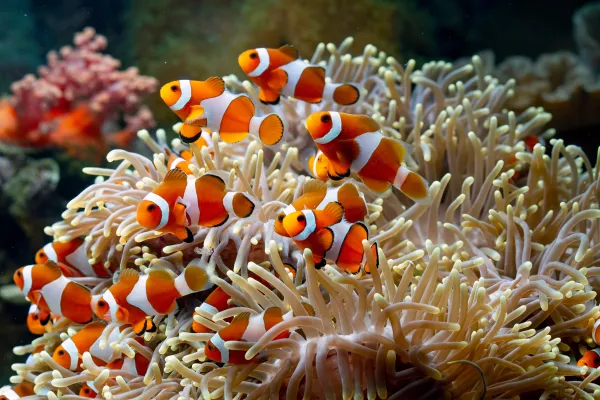The role of seagrass meadows in coastal protection
Vast meadows of waving seagrass, and green fronds waving in the current, can be found across the shallow coastal zones of tropical and temperate regions, from balmy Indonesia to the rugged shores of Scotland.
These magical kingdoms of emerald pastures submerged in indigo waters may be beautiful but also play essential roles in the marine ecosystem. Whilst providing crucial habitat for marine species, assimilating carbon, and purifying large quantities of water, the role of seagrass systems in coastal protection is often overlooked.
In the crystal shallow waters fringing the shores of coastlines across the globe, seagrass meadows dance with the ebb and flow of the tide. Tiny fish weave between the fronds, where feather-stars reach wispy arms towards the sunlight. A green sea turtle skims the canopy, gliding effortlessly through the water and leaving a swirling ripple through the grass. It is no secret that seagrass meadows are magnificently beautiful havens of biodiversity. However, these habitats also fulfill many other essential roles in coastal marine ecosystems, which may be undervalued.
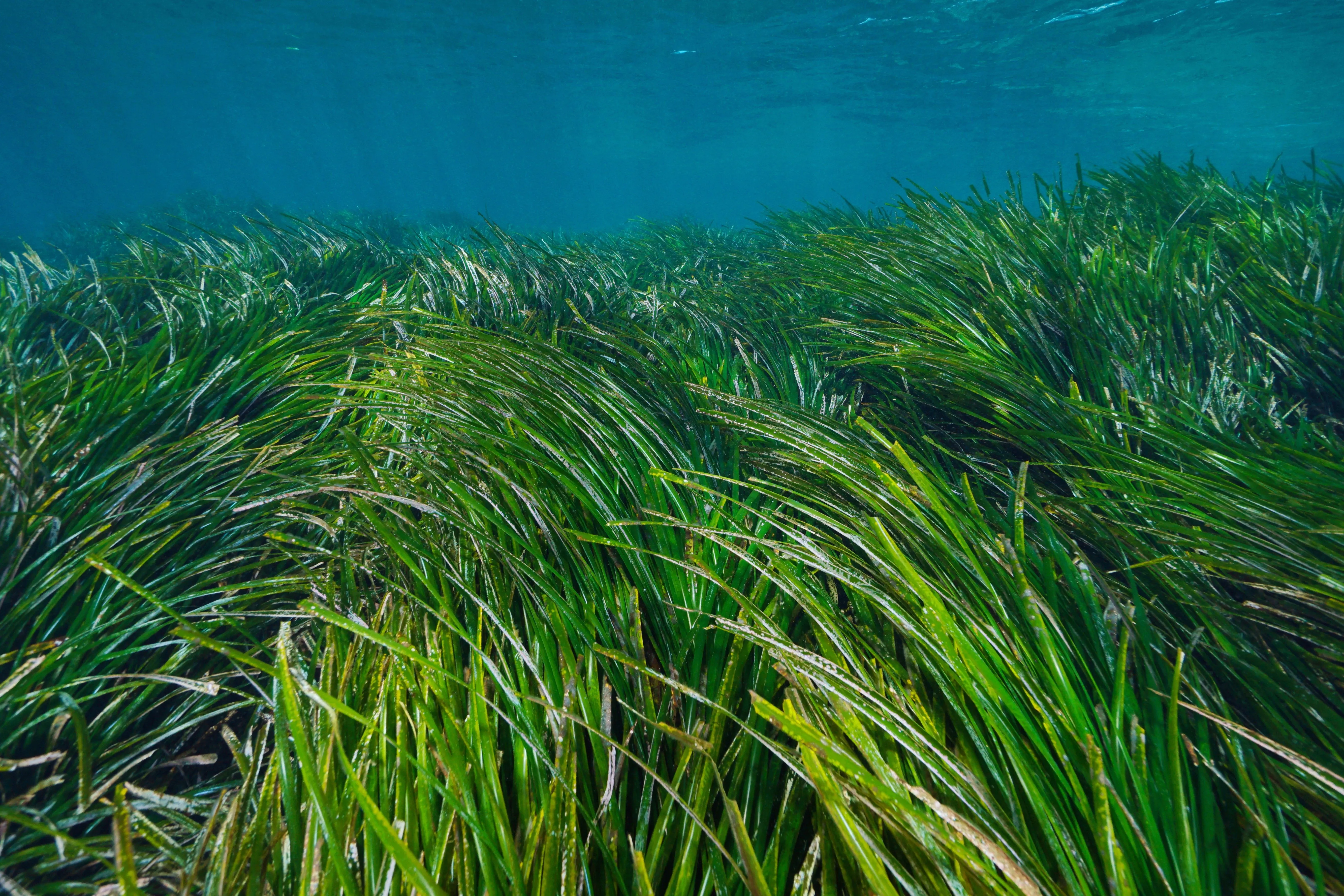
Seagrasses are the only known flowering plant species to flourish in marine environments, supplying a unique niche in the ocean, unlike any other aquatic ecosystem. There are approximately 60 individual species, each with varying canopy heights, densities and depth ranges and supporting a range of faunal assemblages. In the temperate zones, eelgrass (Zostera marina) is the dominant seagrass species, with a smaller proportion of intertidal meadows consisting of dwarf eelgrass (Zostera noltii). Towards the tropics, species of the Posidonia genus become more widespread, supporting a different plethora of biodiversity.
Why is seagrass important?
Seagrass meadows form a critical ecosystem in the marine environment, providing dense shelter and feeding grounds for economically important fish species, and a safe nursery for juvenile fish. Once mature, these fish move into the open ocean, feeding pelagic populations and hence supporting fisheries. A huge number of other species also rely on seagrass: sea turtles use the meadows as a feeding and resting ground, like dugongs and manatees which graze on the grasses and fertilize them via their faeces.
Crustaceans and molluscs feed on the abundance of algae and epiphytic plankton which coincides with seagrass meadows, and crinoids and cnidarians such as anemones settle on the grass shards, using them as a platform for filter feeding. Essentially, seagrass meadows form a habitat that is fundamental in supporting basal species in the marine food web, benefitting organisms at all trophic levels.
Seagrass also provides many physical benefits to the environment: as a photosynthetic plant, it absorbs large quantities of carbon dioxide. This is stored within its tissue, acting as a carbon sink – this is referred to as ‘blue carbon’, as it is carbon sequestration in the ocean, rather than via terrestrial plants. The process of photosynthesis also oxygenates the surrounding water, creating optimum conditions for other species. A square meter of seagrass can produce upwards of 10 litres of oxygen per day. The meadows also filter out nutrients such as nitrogen, which can reduce or prevent eutrophication under nutrient loading, such as when runoff from agriculture and industry enter the ocean, improving water quality.
Traditionally, seagrass has also played a role in cultural and constructive practices throughout coastal communities. Historically, the blades have been harvested and dried to use as cladding in buildings, stuffing for bedding, and woven into baskets, nets, and ropes for use as fishing equipment. Due to its rich nutrient content, decomposed seagrass is also an effective fertilizer for crops, and the seeds and rhizomes have been ground into herbal remedies for medicinal use.
Does seagrass protect coastlines?
Seagrass meadows are also an effective coastal defense system, a service that is often unrecognized until it is too late. Due to their density and flexible structure, combined with their occurrence along the shallows of shorelines, seagrass acts as a cushion against the harsh wave energy pummeling the coast. Wave energy is dissipated by the fronds before reaching the shore, hugely reducing the erosional impact that wave action can have on coastlines.
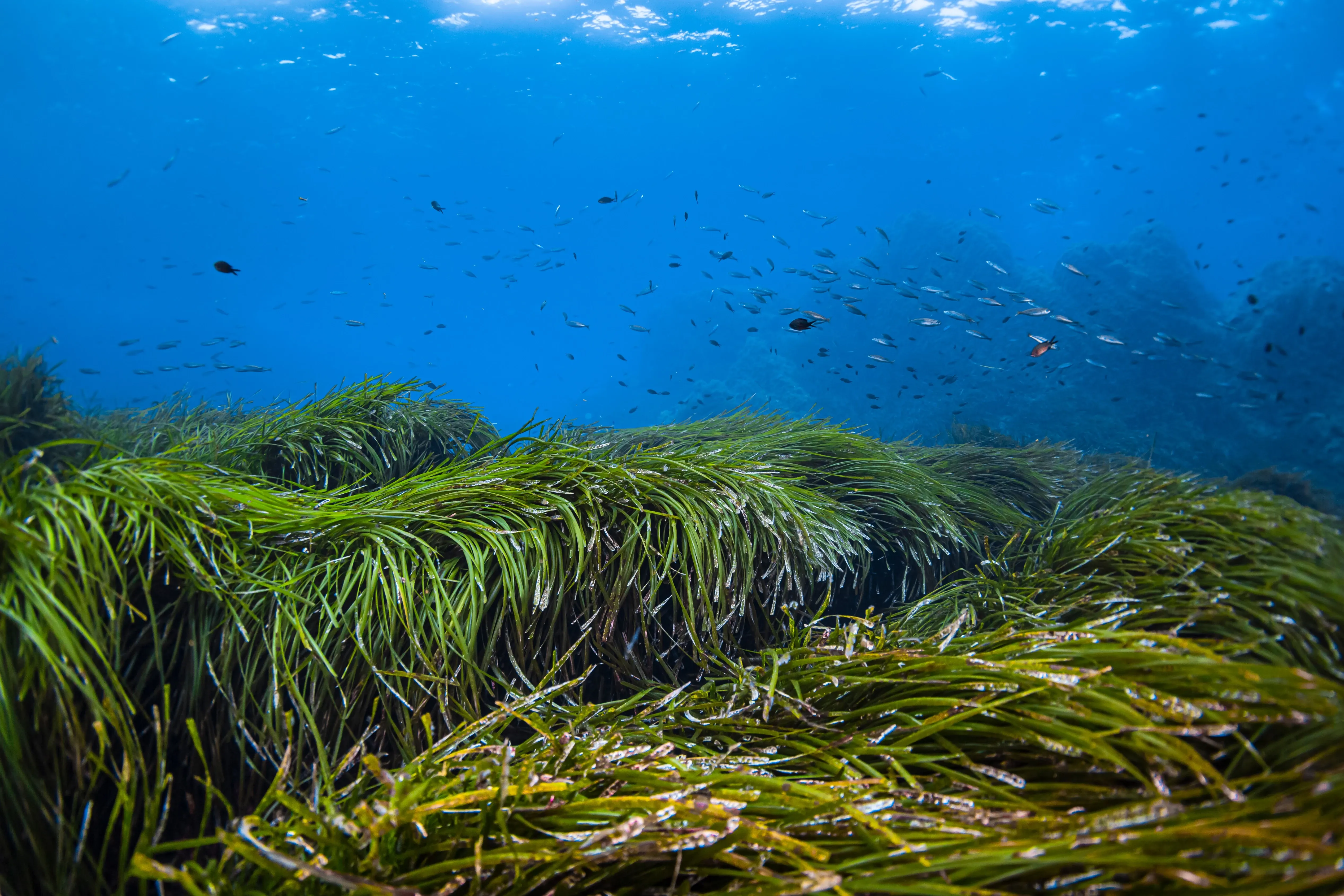
The effectiveness of seagrass as a defense is dependent on the height and density of the canopy, as well as the stiffness of the individual grass blades and the distance of the meadow from the shore. However, wave energy can be reduced by up to 40% over seagrass meadows, which makes a considerable difference to erosion. The stems and roots also bind the seabed together, preventing excessive movement of sediments. This is of growing importance as sea levels rise and the intensity of storms increase under climate change – seagrass plays a vital role in protecting coastal communities and maintaining the land they live on.
»The importance of seagrass ecosystems has only recently become well established and their value recognized«
Seagrass coastal defenses need defending
Over 19,000 square miles of seagrass have been lost globally since the 1870s, mainly due to harmful human activities. These include agricultural runoff, pollution, destructive fishing practices such as damage by boat anchorage and fishing gear, construction of aquaculture systems, and coastal development, all of which degrade the quality of the marine environment and put stress on seagrass plants. The importance of seagrass ecosystems has only recently become well established and their value recognized. Many meadows have been removed in favour of tourism, creating manicured and ‘pristine’ beaches which are more aesthetically appealing to tourists, especially in front of hotels and resort complexes.
As well as reducing biodiversity and marine health in the region, coastal developers often must spend large amounts of money on shoreline engineering to stabilize the beachfront and prevent rapid erosion. This can end up costing more in the long-run, as construction and maintenance costs accumulate. If seagrass meadows were left to thrive along the coastline, the developments would last a lot longer, and have to shell out a lot less money trying to prevent erosion of their property. Maintaining healthy seagrass ecosystems also benefits the local fisheries by increasing catch, improving water quality for marine biota and for human recreational use, and acting as a carbon sink at the same time.
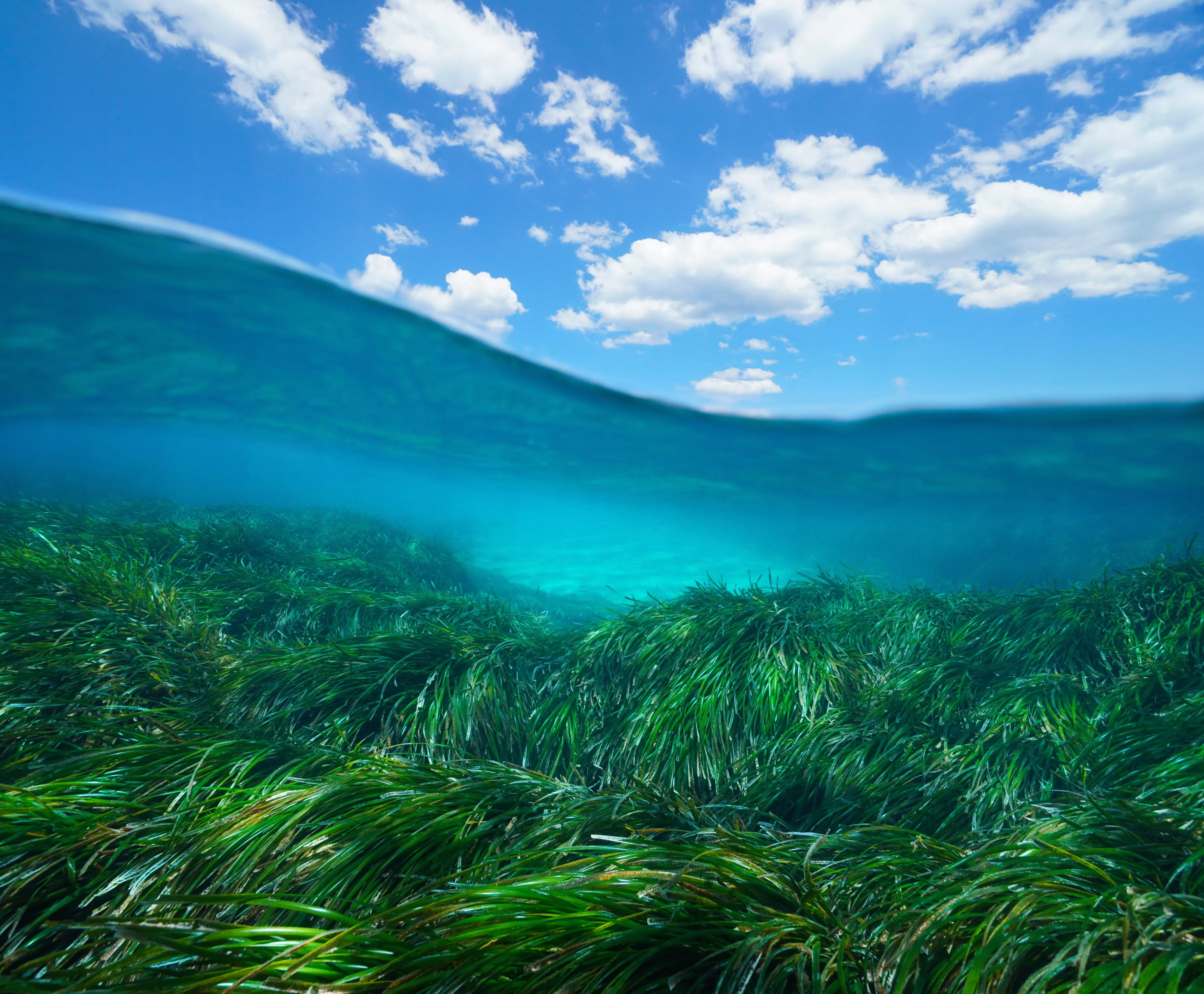
Recently, a growing number of organizations have been working across the globe to restore lost seagrass meadows and regenerate biodiversity. Restoration methods are still in their infancy, with a variety of techniques being trialed to determine the most successful approach. Harvesting and planting seeds has worked in some areas, whilst growing seeds in controlled nursery systems and planting the resulting rhizomes has proved more effective in other regions. Despite these initiatives, there is a large deficit of data on seagrass ecosystems, such as where they are, how they function and interact with the wider marine ecosystem, and how best to protect and regenerate them.
Overall, the importance of seagrass meadows is clear: they are the lungs, nursery, and cushion of the sea, providing oxygen in the air we breathe, seafood that fills our dinner tables and protection of the land we live on. Without these vital ecosystems, coastlines are threatened by the abrasive power of storms, and marine food webs may collapse. Raising awareness of the value of seagrass meadows, and all their wonderous biodiversity, is an urgent need if we are to implement and support the restoration work needed to secure our coastlines.
Source references:
Society of Ethnobiology
Frontiers
Sign up for the newsletter
By clicking on “Subscribe now” I will subscribe to the Conscious Explorer newsletter with all the information about mindful travel. Information on the success measurement included in the consent, the use of the shipping service provider MailChimp, logging of the registration and your rights of revocation can be found in our privacy policy.

